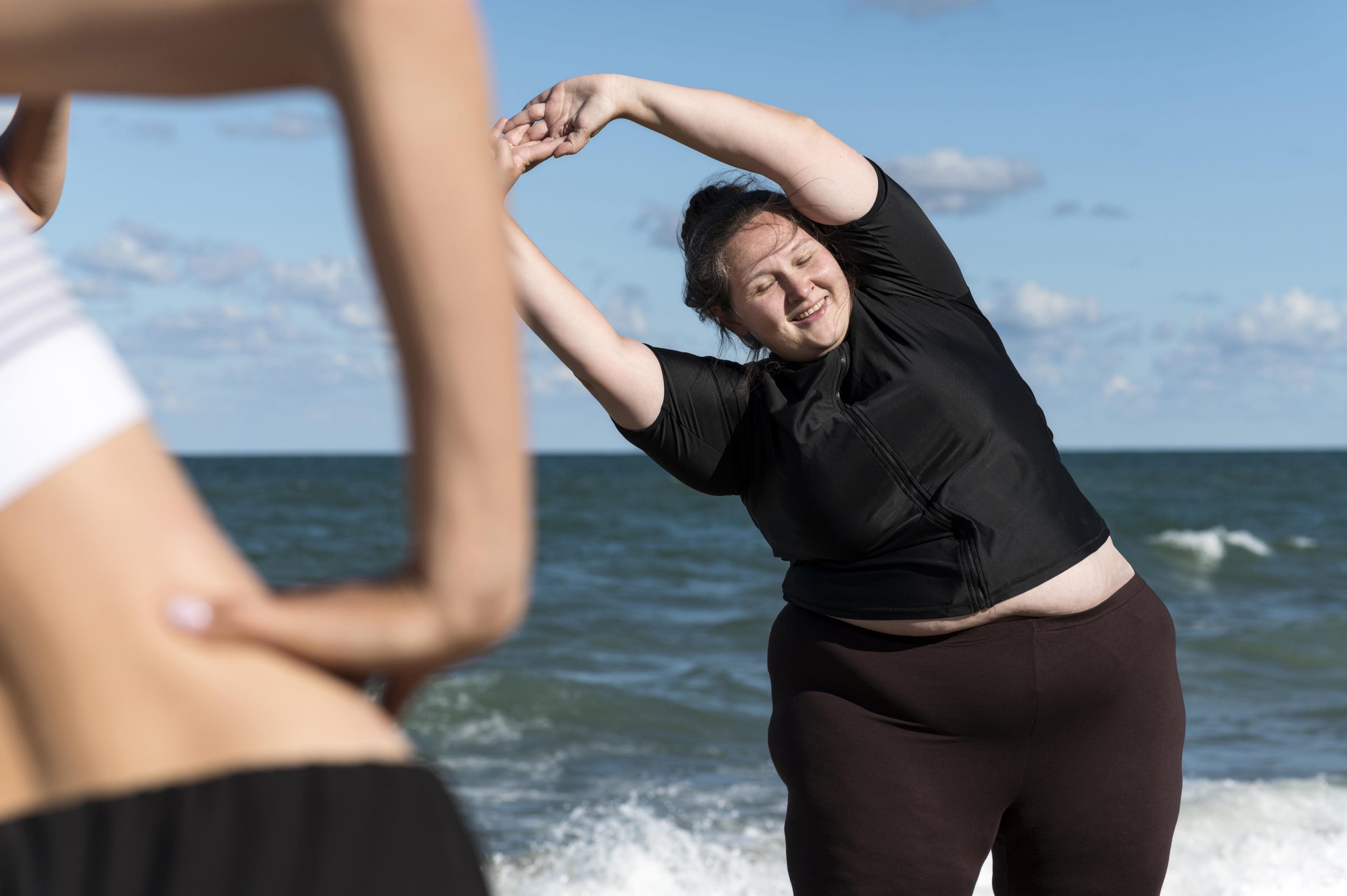Obesity is a health condition that affects millions of women worldwide, and its impact goes beyond mere physical appearance. From physical complications to the emotional and social challenges it brings, obesity can have a significant effect on women’s lives.
First, obesity can have serious consequences for women’s physical health. It increases the risk of developing chronic diseases such as type 2 diabetes, heart disease, high blood pressure, liver disease, cancer, among others. In addition, it can affect mobility and the ability to perform daily activities, reducing quality of life.
Obesity can also have a significant psychological impact on women. Social pressure and unrealistic beauty standards can lead to feelings of low self-esteem, anxiety, depression and eating disorders. Women may experience discrimination and stigma due to their weight, which can affect their interpersonal relationships and participation in society.
In addition, obesity can impact women’s lives in more practical ways, such as seeking employment and medical care. Weight-based employment discrimination is a reality for many obese women, which can limit their employment opportunities and career advancement. In addition, they may face additional challenges in health care, either because of health stereotypes or lack of access to appropriate services.
Given the complexity of obesity and its multidimensional effects on women’s lives, it is crucial to explore comprehensive approaches to its management. One of the most effective ways to address obesity is through regular physical exercise. Recently, a study examined which exercise modality is most effective for women with obesity. This research, conducted by PubMed and published on Dr. José López Chicharro’s exercise philosophy blog, explored which type of physical activity offers the greatest benefits in this specific group of people.

It has been shown that improving cardiorespiratory fitness (CRF) can greatly mitigate the health risks associated with obesity. Thus far, the literature has focused on evaluating aerobic exercise interventions in women with obesity, highlighting the need to also study interventions that incorporate strength exercise.
This study sought to examine the feasibility and efficacy of three exercise modalities in women with obesity to improve ACR, strength, body composition, and other health variables.
A total of sixty-seven women with obesity were randomly assigned to the control group (CON) or to one of three exercise groups (aerobic [AE], strength [RE], and combined [COM]). The exercise groups performed workouts three times per week for 12 weeks, lasting up to 150 minutes per week. Adherence, attendance, recruitment and retention rates, and adverse events were assessed as measures of feasibility. Secondary outcomes included ACR (VO2max), body composition (body weight [BW], waist circumference [WC], percent body fat [%BF], fat mass [FM], and lean mass), strength (bench press 5RM, leg dynamometry, grip strength), and self-reported measures of physical activity, mood, sleep, pain, and quality of life.
Results support the feasibility of all three exercise modalities in terms of adherence, attendance, and retention. Interventions that included strength exercise (COM and RE) showed the greatest improvements across a wide range of health outcomes. Combined exercise showed the most promise for improving body composition, physical activity level, mood, and sleep quality. On the other hand, strength exercise proved to be the most effective in improving ACR, muscle strength, and reducing pain.
These results underscore the importance of including strength exercises when designing exercise programs for women with obesity, as this can lead to significant improvements in their overall health.